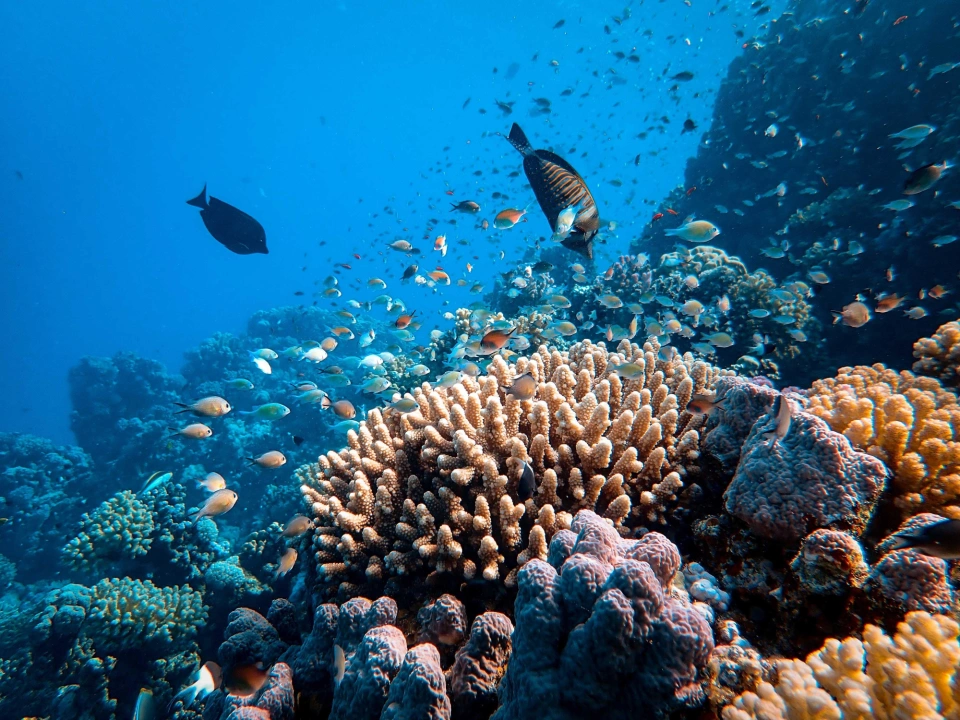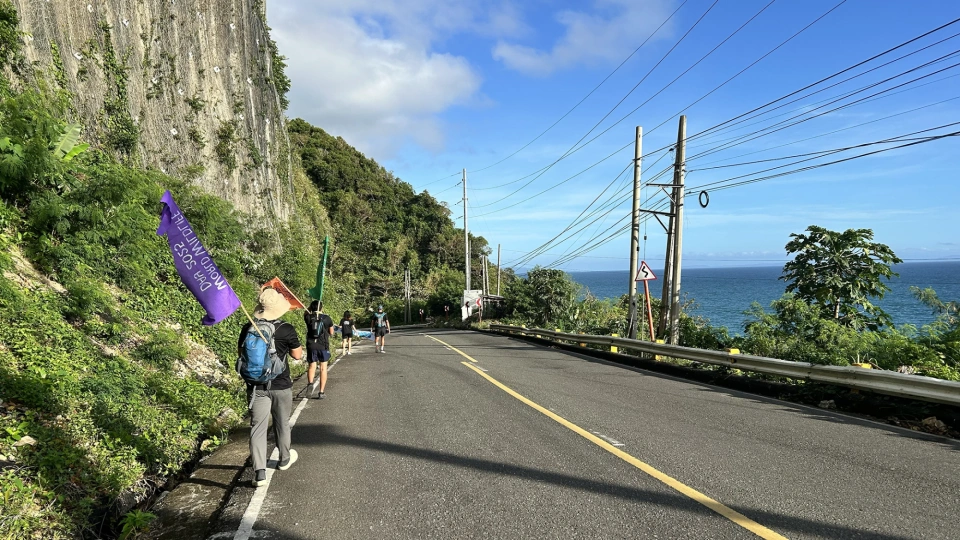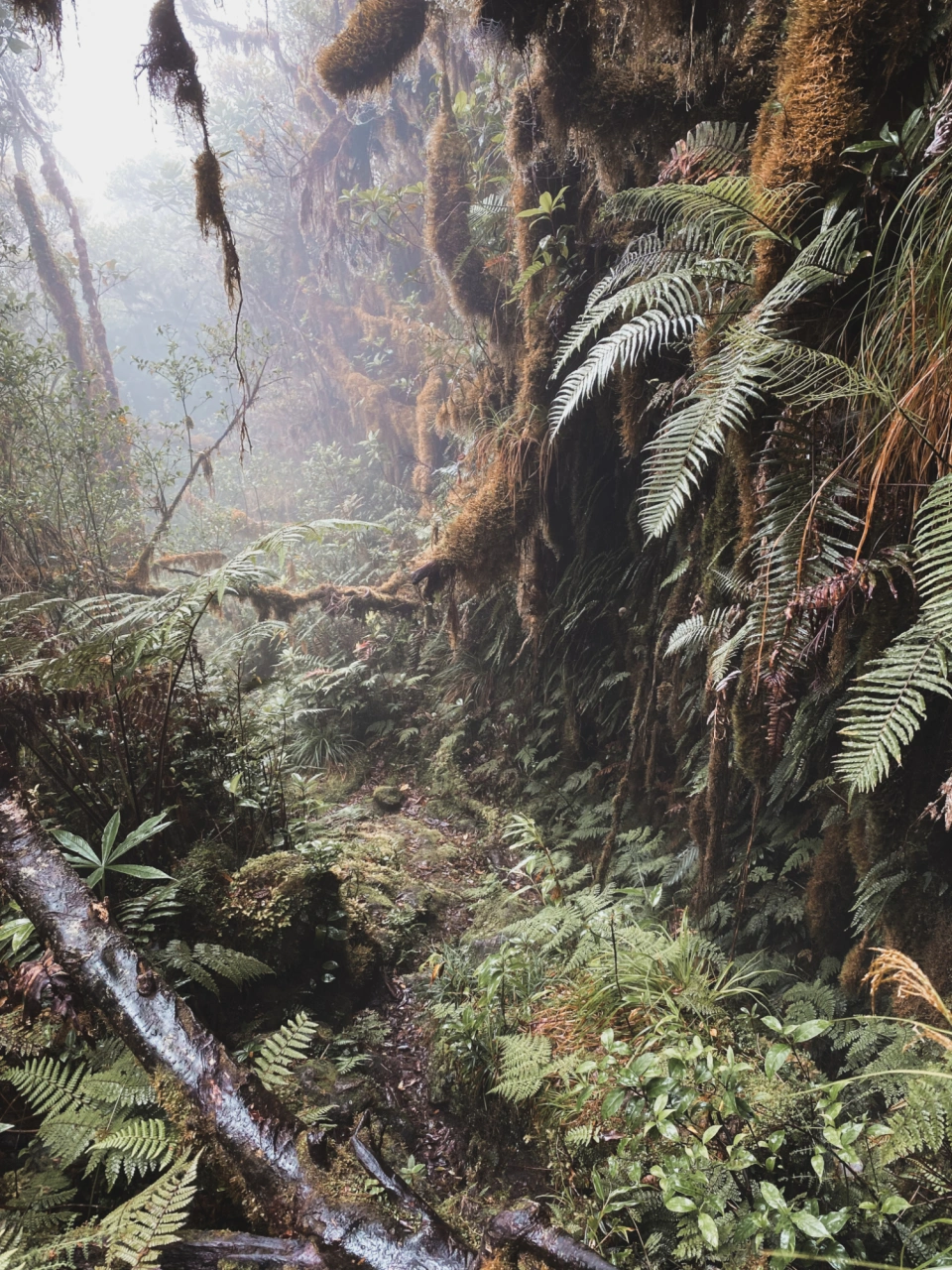Panay Island




Curated by David Quimpo and 12 others
Panay Island lays in the heart of the Philippines archipelago, and is home to an extraordinary collection of plants, animals and ecosystems, including tropical rainforests, mangroves, and grasslands. It faces the Sulu sea, home of the World Heritage listed Tubbataha Reef.

Panay Island by Andrew Pasaporte
About the region
Wonders from the ridge to the reef
Nestled in the heart of the Philippines, Panay Island belongs to the Western Visayan region with rich natural environment and cultural, historical heritage. The diverse landscapes and flourishing ecosystems are testament of how nature takes charge in shaping the island’s resources – from the ridge to the reefs.
The island is home to spectacular flora and fauna with some endemic species that remains in the wild habituating the Central Panay mountain range that is considered the backbone for conservation sites and where the “Big 5” species can be found: the Rafflesia speciosa, Visayan Spotted Deer, Visayan Warty Pig, Panay Monitor Lizard, and the Visayan Writhed-billed Hornbill.
The natural beauty of the island extends beyond terrestrial realms; it encompasses majestic mountains, meandering rivers, cascading waterfalls, and wonders of its underwater world. Each of these elements contributes to the allure of Panay, offering a haven for both adventure seekers and those seeking tranquility.

Turtle, Image: Hitoshi Namura, Unsplash

Boracay, Image: Darya Jum, Unsplash

Guimaras, Image: Cristina Ong, Unsplash

Clownfish, Image: Ray Aucott, Unsplash

Puka Shell beach, Image: Red Morley Hewitt on Unsplash

Panay Coastal Community / Andrew Pasaporte

Darya jum Boracay unsplash
Conservation
Preserving Panay Island for future generations
Panay Island, with its remaining natural mountain forest, stands as one of the crucial carbon sinks within the Philippine archipelago. As the sixth largest island in the country, it boasts diverse features in both its land and sea life, serving as a habitat for various species of flora and fauna. Notable inhabitants include the critically endangered Walden's hornbill, locally known as "dulungan," the Panay Monitor Lizard, and the Visayan Warty Pig, among others.
The island encompasses key biodiversity areas, such as the Northwest Panay Peninsula Natural Park - the last contiguous lowland forest in the Western Visayas. Additionally, the mountainous spine of Panay Island spans across the borders of four provinces. namely Capiz and Aklan, as well as Antique and lloilo.
The proposal to establish the Central Panay Mountains National Park emphasizes the urgent need for conservation efforts to safeguard and preserve the island's remaining natural resources. Furthermore, it underscores the vital role of empowering local communities to advocate for just transitions and to uphold environmental laws and policies that contribute to the well-being and existence of nature and its people as a whole.
For more information, visit:
Conservation efforts for Panay Island
See more conservation efforts
Swaying Over the 7th Aklan Hammock Festival

Rising Earthkeepers: Youthful Hopes for a Sustainable Planet

Tubbataha Reef - The Coral Heart of the Philippine Seas

Walk for Wildlife: Circumnavigating the Northwest Panay Peninsula on Foot

On Folktales and conservation: Mararison Island

From hunter, to guardian: the inspiring journey of Benjamin Tacud and the fight to save the dulungan

2017 masl (Poetry)

Hobart launch: introducing Raz Salvarita
Things to Do
Visiting Panay Island

Cristina ong guimaras unsplash
Nature
Discover the plants and wildlife that call Panay Island home
Panay Island galleries
See more galleriesPanay, Philippines
The triangle-shaped island of Panay is the sixth-largest of the Philippines archipelago, and has an amazing array of landscapes and biodiversity hotspots, including the Central Panay Mountain Range. As the fourth-most populous island of the Philippines, it is also facing conservation challenges.
Community
